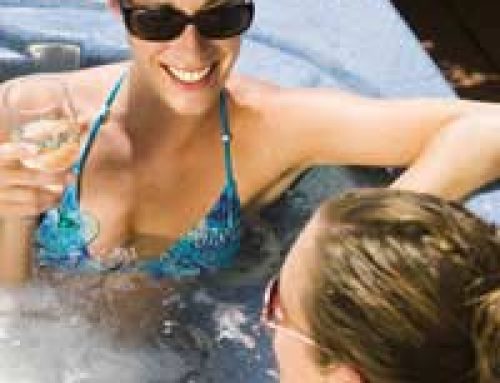
Water features have become much more popular in the United Kingdom in the last decade or so as we now take more time considering the design of our gardens. But most water features, apart from a simple pond, require electricity and sometimes a water supply to make them work.
As getting mains electric power out to the garden is not always easy, and water and electricity do not mix, many people shy away from installing water features because of the complexity and safety concerns. Solar powered water features do not need mains electricity and many are completely self contained, making them easier to install and safer to use.
Components of a Solar Powered Water Feature
A solar powered water feature uses a photo-voltaic panel, usually between six to twelve inches square, to create low voltage electricity from the sun’s rays. This is enough to power a pump for a fountain or a self-contained water feature, like a cascade over pots or a statue with a fountain and basin incorporated.
The range of designs is very varied. Some have the solar panel integrated into the water feature itself while others have a remote panel, mounted on a wall or in a spike in the ground nearby and connected to the water feature via a cable. This could be a concern if you are not sure that you can mount the panel in an appropriate place or you are worried that people may trip over the cable.
Self-Contained Water Features
By self-contained water feature we mean one that doesn’t need to be attached to a water supply. The design of the water feature will have water spraying or bubbling out of an outlet and being caught in some sort of basin, depending on the design. The water that is caught in the basin is then re-circulated by the solar powered pump out through the spray again.
This means that the water feature doesn’t need anything other than occasional topping up to replace the water lost over time through evaporation.
Supplementary Power
Some solar powered water features have batteries that will be topped up by the solar panel so they will continue to run, using power from the battery, if there isn’t enough light do spin the pump. Others, generally cheaper, have no battery so if there is no light the pump doesn’t work. This might not work so well if the garden feature is illuminated and designed to be viewed from the house at night.
A water feature without a battery may well be enough for many people though, particularly if the garden doesn’t get a lot of use when it is dark or murky. The only problem is that they may work poorly in dim light conditions, which if you have a fountain, can look pretty poor. It’s probably better to have one that either works or doesn’t work rather than one that sprays magnificently in full sunlight but sometimes dribbles pathetically.
Note that there are also solar powered water features that have mains adaptors so they can be run on mains power when there isn’t enough light. Of course this means running mains electricity out into the garden which to some extent negates one of the main advantages of using a solar powered water feature.
Look for a Safety Cut-Out
One final point to watch out for, if you are considering buying a self-contained solar powered water feature, is to check that it has a cut-off switch so that the pump turns itself off if all the water evaporates. This might well happen if you are away for a few weeks in the summer and, perish the thought, there is a hot summer in the UK.
Some pumps can overheat if they don’t have a supply of water running through them so their life can be considerably shortened if the water runs out. If there is no detector, or you are unsure, it’s best to switch the water feature off if you are going away for a while.





Leave A Comment